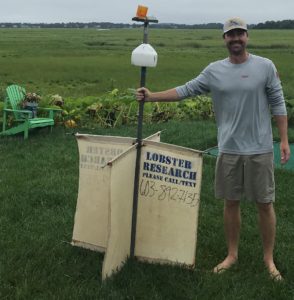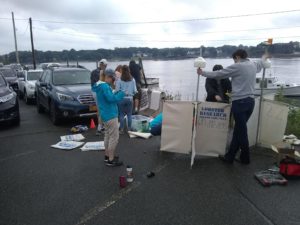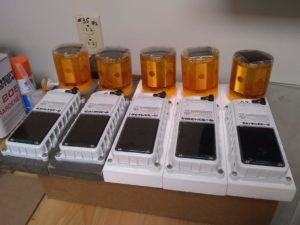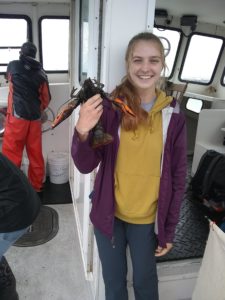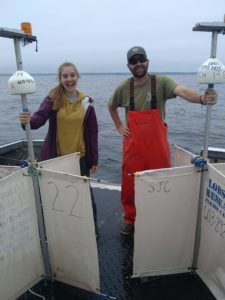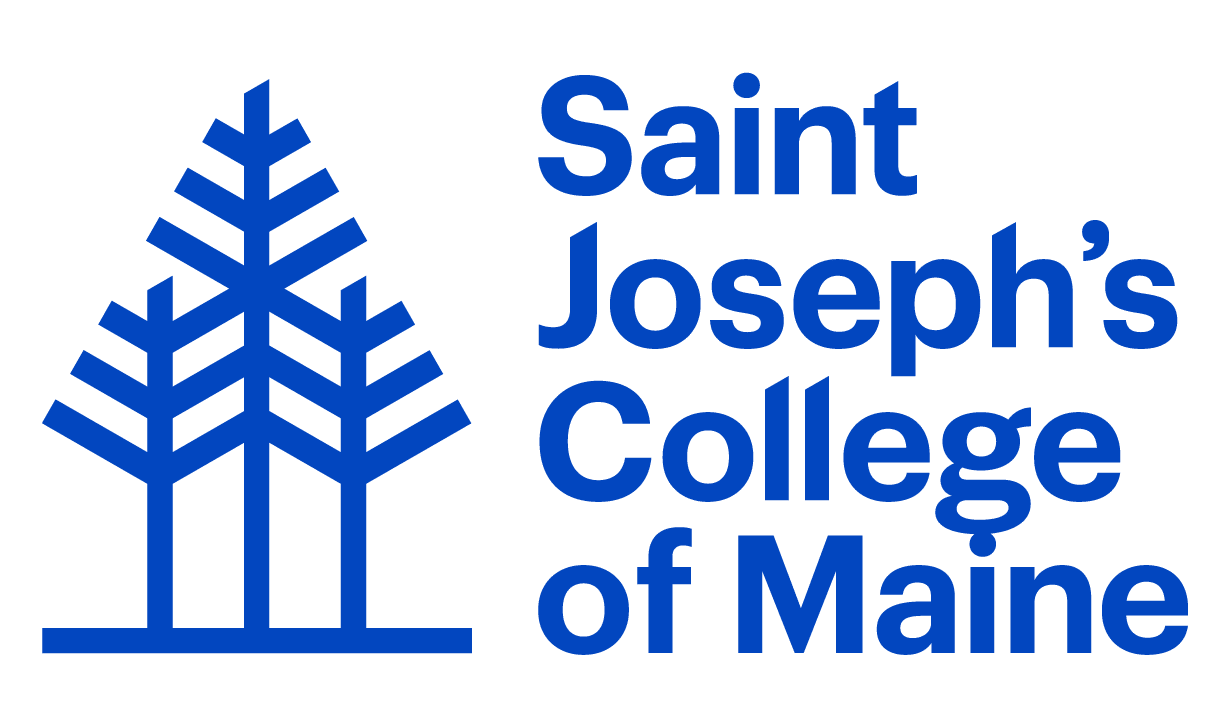SJC Helping Scientist Discover Where Lobster Larvae Go
Share
In July, professors Dr. Steven Jury and Dr. Ryan Dorland of the Science Department, SJC students: Julia Heroux (’22 Biochemistry), Priscilla Carnaroli (’22 Medical Biology), and Isabel Descoteaux (’22 Biochemistry), along with a collaborative American lobster research project at the Wells National Estuarine Research Reserve (WNERR), the University of New Hampshire, and the NH Fish and Game Department set 7 ocean drifters afloat to gather data tracking currents in the southern area of the Gulf of Maine. These drifters were in addition to 12 that were deployed last year.
According to the WNERR, these drifters give scientists a better idea of where lobster larvae go in their first few months of life before they settle on the ocean bottom in appropriate habitats. Where, and when, larvae are released and where they go before selecting their bottom habitat is crucially important to their survival and the distribution of the population. A drifter is a floating buoy that is often used to study movements of water and particles near the ocean’s surface. The tracks of the drifters will help to develop more realistic models of lobster larval distribution relative to changes in currents and climate.
 Julia, Priscilla, and Isabel worked on an additional sensor project in physics class at SJC. These sensors were used on 3 of the 7 drifters that were released in July off of the coast of NH. At present, these SJC drifters are east of Cape Cod near George’s Bank and we hope to have some of these returned from ships of opportunity.
Julia, Priscilla, and Isabel worked on an additional sensor project in physics class at SJC. These sensors were used on 3 of the 7 drifters that were released in July off of the coast of NH. At present, these SJC drifters are east of Cape Cod near George’s Bank and we hope to have some of these returned from ships of opportunity.
About the project
This is a project of the Wells Estuarine Research Reserve and NOAA (National Oceanic and Atmospheric Association) facility. This work is done on a combination of the American Lobster Initiative through the National SeaGrant office (NOAA) as well as our SSTEM SJC Scholars program via NSF (the National Science Foundation). This work was funded by the Maine Space Grant Consortium/NASA Undergraduate Research Experience Program.

